Four Nottingham conscious black female artists have come together and amalgamated to collaborate on a collection of art stories and conversations around the wider black diaspora and the massive positive impact on diversity for people of colour.
The powerful four local black ladies comprising , Laura Decorum, Paula D Fontes, Kim Thompson and Panya Banjoko have come together to showcase a collection of mosaics, artefacts, paintings, photography and achieves in celebration of the 75th anniversary of the windrush.
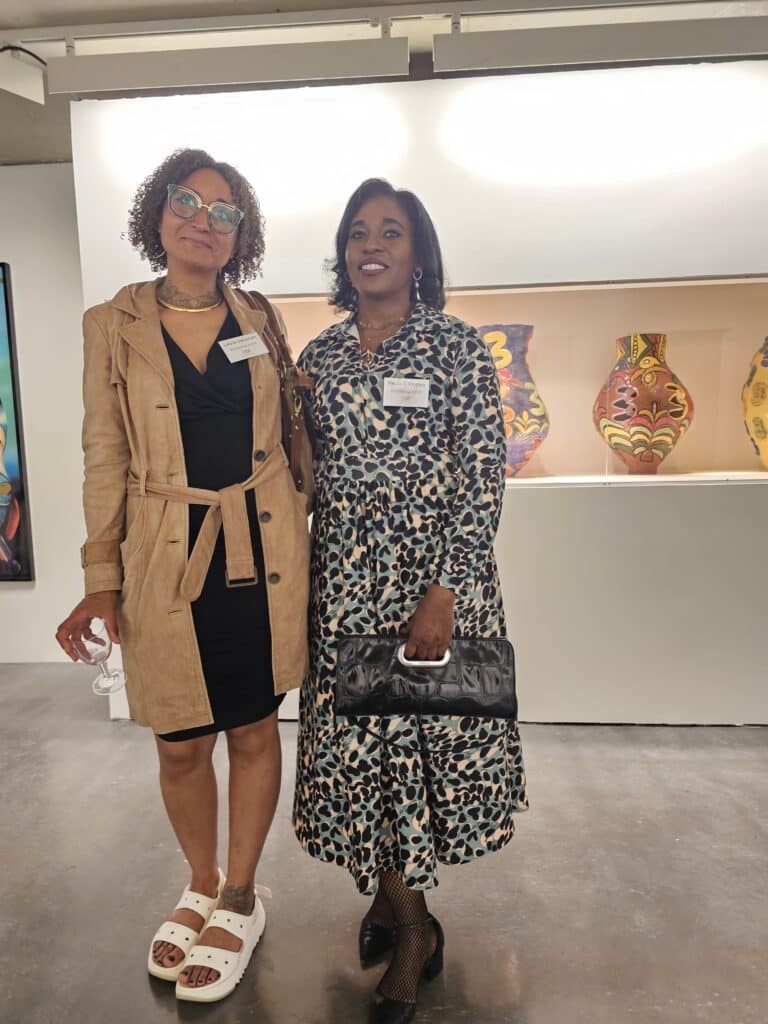
The Black Heritage Exhibition (BHE) is being held at the New Art Exchange (NAE) in Hyson Green, Nottingham from May 20 to July 15, 2023.
The four artists dive into the the annals of history to explore a pilgrimage of Afro-carribeans who arrived in Britain on June 22, 1948 through the HMT Empire Windrush which docked in Tilbury in Essex.
The ship brought 492 passengers to the UK from a number of Caribbean islands including Jamaica and Trinidad and Tobago, to help fill post-War labour shortages.
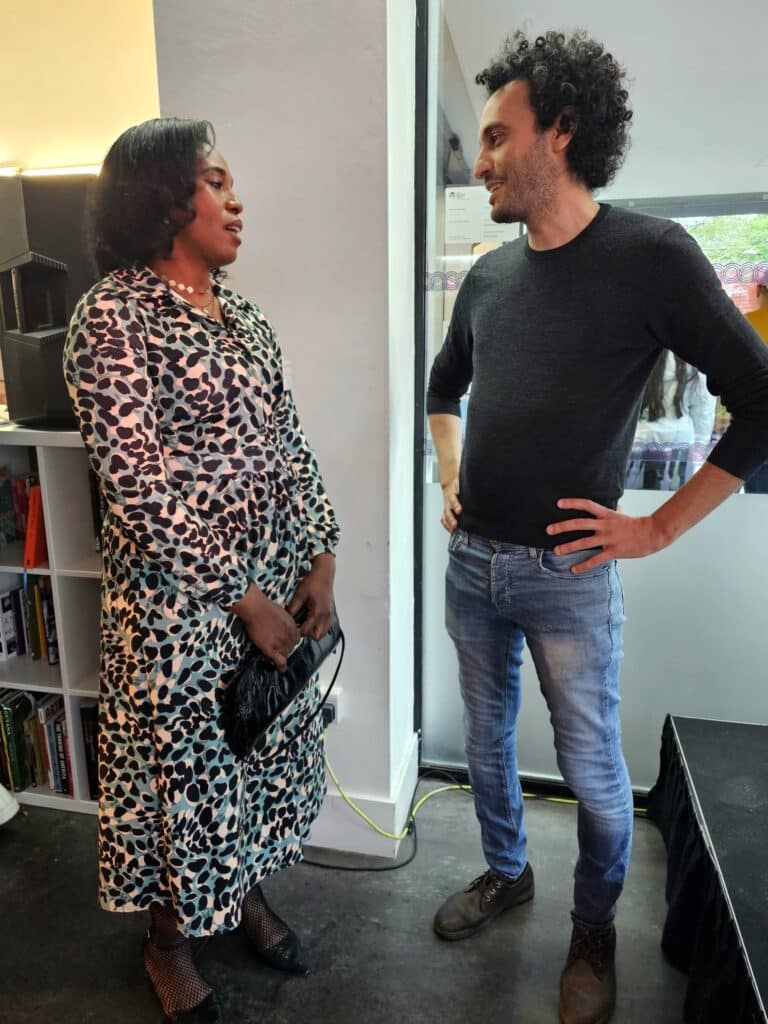
Collectively, the four artists are telling positive stories about the windrush through their excellent works of art in a bid to reconnect stories from the past 75 years, the present and the future while remembering and celebrating important and forgotten stories and history from the wider black diaspora.
During the opening of the exhibition, NAE Chief Executive Officer (CEO) and artistic director Saad Eddine Said, stated: “We are excited to host the Black Dispora Heritage showcase, and we hope you will enjoy the stories and the history the exhibition explores.
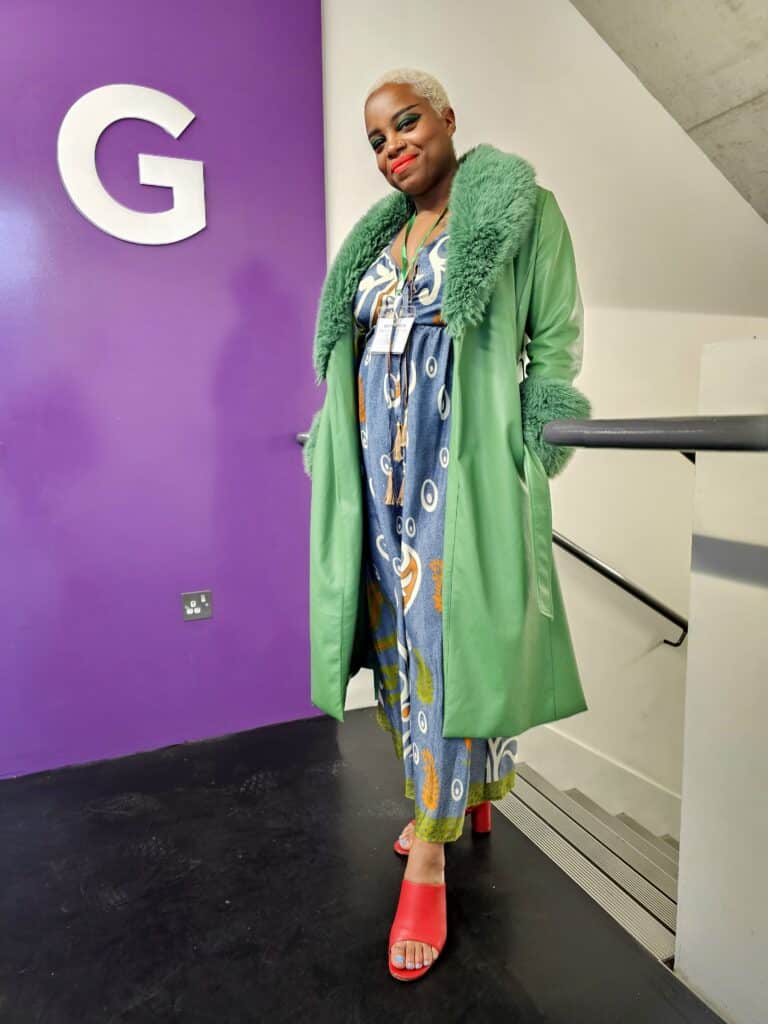
“The exhibition invites across-generational collective of four local female black artists to showcase their collection of art works.”
In an interview with Mojatu, Paula D Pontes, one of the exhibition participating artist said: “I am excited to be part of this exhibition to explore and tell positive stories of, and about the history of the windrush through art.
“It feels great to be part of this exhibition with three other amazing artists and be able to collectively tell our positive stories about the windrush.”
In a separate interview, another exhibition participating artist, Kim Thompson said: “For me, this is part of my story and history because my great grandparents are part of that piece of history.
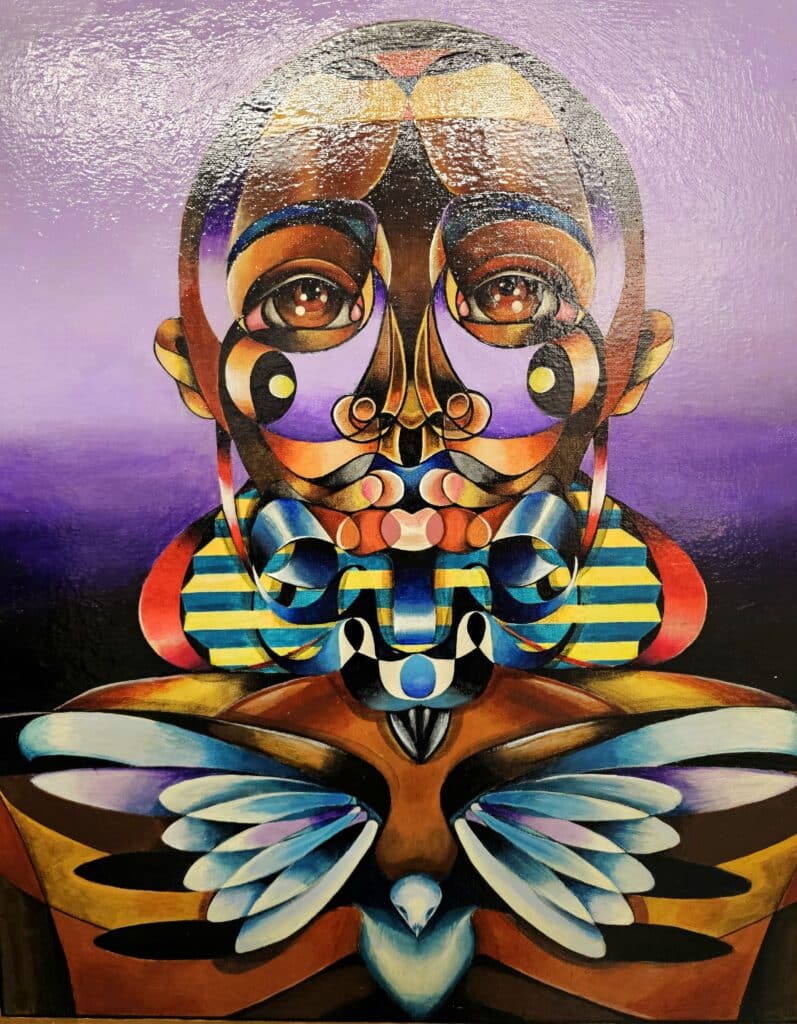
“It is a great priviledge for me to be part of this iconic exhibition and a great honour to tell stories and a history that’s important and personal to me through art.”
From the late 1940s to the early 1960s thousands of men, women and children left the Caribbean, by sea and by air, for Britain.
They were encouraged by the 1948 British Nationality Act that granted citizenship and right of abode in the UK to all members of the British Empire.
The term windrush refers to people who arrived in the UK from Caribbean countries between 1948 and 1971, when British immigration laws changed.
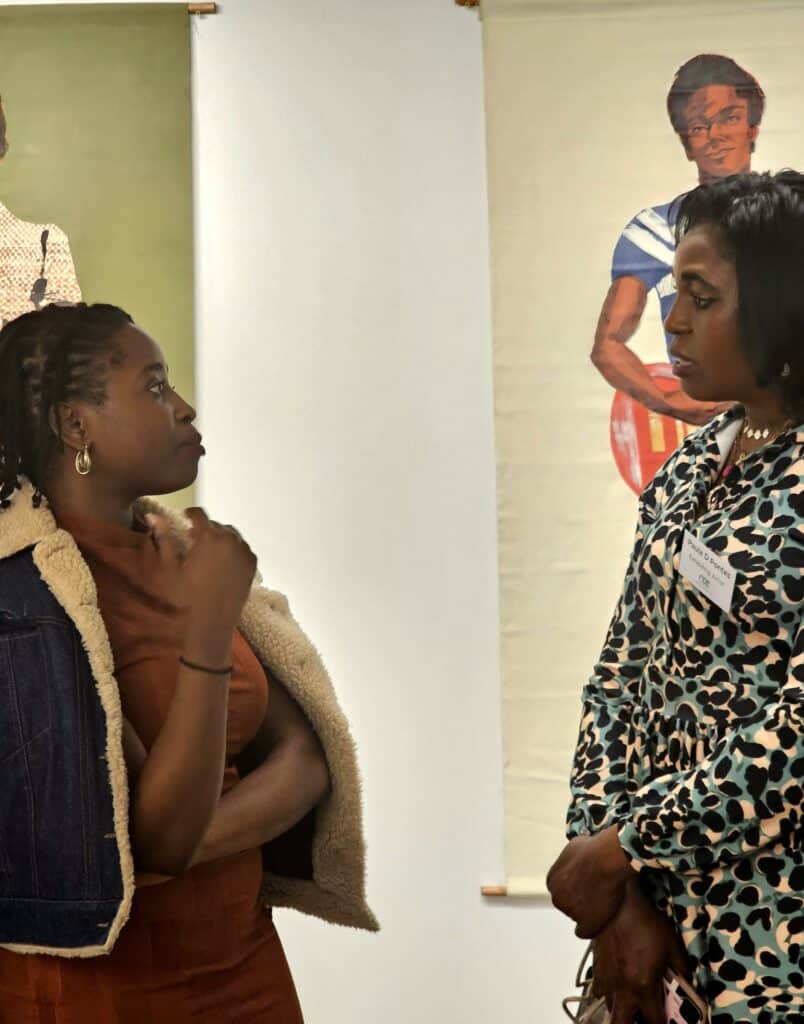
Although not all Windrush generation migrants arrived on HMT Empire Windrush itself, the ship became a symbol of the wider mass-migration movement.
Many of those who came to the UK had served in the British armed forces in World War Two.
They became manual workers, cleaners, drivers, and nurses in the newly established NHS – and some broke new ground in representing black Britons in society.
These men and women have contributed immensely to the cultural and socio-economic development and growth of Great Britain.
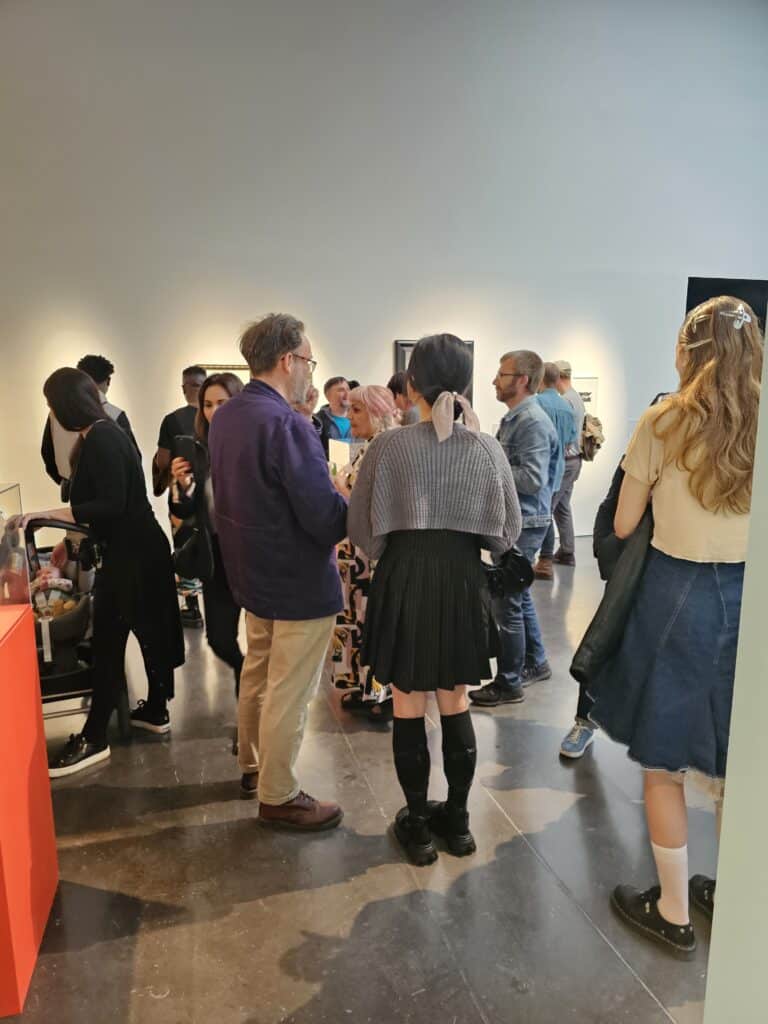
“We are excited to host the Black Dispora Heritage showcase, and we hope you will enjoy the stories and the history the exhibition explores.”
Saad Eddine Said
NAE CEO and artistic director




